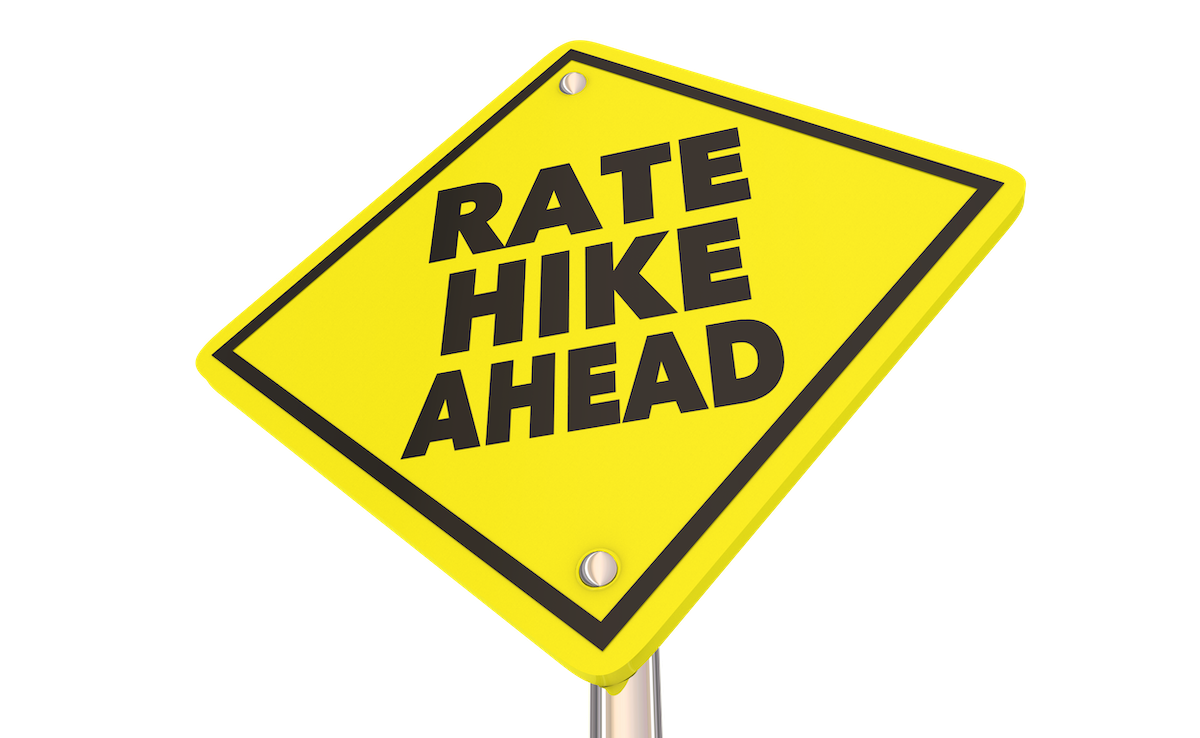News
Article
To Come in 2025: ACA Plan Premium Hikes
Author(s):
There will likely be a 7% increase in Affordable Care Act (ACA) Marketplace plan premiums next year across the 324 participating insurers from the 50 states and Washington, DC.
Fresh off their average 4.65% plan premium increase for 2024,1 Affordable Care Act (ACA) Marketplace plans are predicted to see an average 7% increase in 2025, according to the newest data from KFF.2
For 2024, premiums for the lowest-cost gold premium plans (highest tier) rose an average 3.3% compared with 6.3% for the lowest-cost bronze plans (lowest tier).1 This median proposed 7% increase for 2025 was arrived at after considering the 9 ranges of proposed rate changes for the year. These rate changes are decreases of 10% to 15%, 5% to 10%, and 5% to 0%, and increases of 0% to 5%, 5% to 10%, 10% to 15%, 15% to 20%, 20% to 25%, and more than 25%.2
In 2024, the highest-tier plans had the lowest increases, at 3.3% vs 6.3% for the lowest-tier plans| Image Credit: iQoncept-stock.adobe.com

At present, 324 insurers provide ACA Marketplace plans across the 50 states and Washington, DC, with most proposing increases for 2025 of 5% to 10% (n = 113), followed by increases of 0% to 5% (n = 76), increases of 10% to 15% (n = 54) decreases of 5% to 0% (n = 38), increases of 15% to 20% (n = 20), decreases of 5% to 10% (n = 9) increases greater than 25% (n = 6), increases of 20% to 25 % (n = 5), and decreases of 10% to 15% (n = 3). The rate increase for 2025 is not yet final; the 7% proposed increase will be considered preliminary until late summer, which is when it will be finalized.
While all 324 participants were considered when arriving at the average increase, the reasons behind that increase are concentrated within the 61 insurers across which there is greater data transparency into their public reporting of the reasons driving their increases.
Inflation tops the list of reasons for the increase, with primary drivers of this being the ongoing rise in both cost and utilization of heath care services and medication, or medical trend. Most insurers came in between 7% and 10%, and the median was 8%. Medical inflation is picking up, the authors note, but plan enrollees often won’t see increases immediately, “as contracts between insurers and providers are typically negotiated for a year or more.”
Other top primary reasons behind the proposed rate increase for 2025 are hospital market consolidation and workforce shortages, and the continuously growing demand for weight loss and other specialty medications (namely GLP-1s). For the former, payers cite contracts expiring even while systems continue to seek potential double-digit increases for some services and ongoing health care worker shortages in the face of postpandemic inflationary pressures.
Regarding medication spend, the KFF authors note that the greater spend on GLP-1s and other specialty medications—and they call out Ozempic and Wegovy (both semaglutide; Novo Nordisk)—is influencing increased spend for other prescription medications, even though few Marketplace plans cover drugs that are only approved for weight loss. They also mention the high costs of gene therapies as a driver of premium increases. At present, the most expensive gene therapy on the US market treats metachromatic leukodystrophy. Orchard Therapeutics’ atidarsagene autotemcel (arsa-cel [Lenmeldy]) was approved by the FDA on March 18 at a price of $4.25 million for a 1-time administration.3
In contrast, the report also looked at what is not to blame for the proposed premium increase. The top nonreasons are Medicaid disenrollment after the provision that allowed for continuous coverage during the COVID-19 pandemic expired, the COVID-19 pandemic, the No Surprises Act, and price transparency.
For 2025, the greatest proposed plan decrease was 14% from Celtic Insurance Company in Delaware, and the greatest proposed increase was 51.1% by Health Insurance Plan of Greater New York.
The authors of the KFF report note that not all plan enrollees will have to shoulder the proposed 7% premium increase, and that their plan subsidies will help to reduce some of their spend.
References
1. Ortaliza J, Lo J, McGough M, Cox C. How ACA Marketplace premiums changed by county in 2024. KFF. June 6, 2024. Accessed August 5, 2024. https://www.kff.org/affordable-care-act/issue-brief/how-aca-marketplace-premiums-changed-by-county-in-2024/#:~:text=Premiums%20for%20ACA%20Marketplace%20benchmark,%2C%20on%20average%2C%20in%202024
2. Ortaliza J, McGough M, Cord A, Cox C. How much and why ACA Marketplace premiums are going up in 2025. Peterson-KFF Health System tracker. August 2, 2024. Accessed August 5, 2024. https://tinyurl.com/2kvs9ndc
3. Shaw M. FDA approves arsa-cel for metachromatic leukodystrophy. The American Journal of Managed Care®. March 19, 2024. Accessed August 5, 2024. https://www.ajmc.com/view/fda-approves-arsa-cel-for-metachromatic-leukodystrophy
2 Commerce Drive
Suite 100
Cranbury, NJ 08512
© 2025 MJH Life Sciences® and AJMC®.
All rights reserved.




